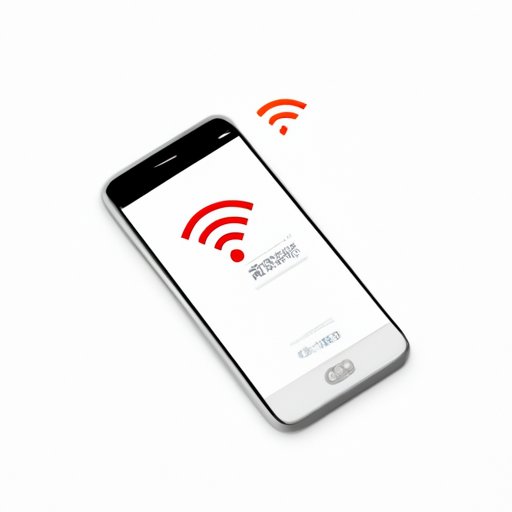
Introduction and background information
Hotspot is a term used to describe a wireless access point that provides internet access to other devices. It is a great solution for people who need a reliable, on-the-go internet connectivity. Mobile hotspots are typically created using mobile phones, tablets, or dedicated mobile hotspot devices. In this guide, we will provide an overview of the potential costs involved with using hotspots, as well as important factors to consider before deciding whether a hotspot is right for you.
Pros and cons of using your smartphone as a hotspot
One major benefit of using your smartphone as a hotspot is the convenience and flexibility it provides. You can use your phone to connect other devices, such as laptops or tablets, to the internet, regardless of whether you have access to Wi-Fi. However, there are potential downsides to using a smartphone as a hotspot, such as limited data plans and potential extra charges. For example, if you use your hotspot for activities such as video conferencing, streaming music and videos, you could consume a significant amount of data, which could lead to additional monthly charges.
Data usage of hotspotting: how much data does it consume and how does it impact your monthly bill?
Data usage is a major factor to consider when using a hotspot. It is important to understand the impact of different activities on your monthly data usage. For example, streaming video can easily consume several gigabytes of data per hour, while browsing websites and checking emails generally uses less data. To avoid surprises on your monthly bill, it is best to monitor your data usage regularly and pay close attention to any alerts or notifications that your cellular provider may provide.
Comparing the costs of using a dedicated mobile hotspot device versus using your smartphone as a hotspot
Dedicated mobile hotspot devices are great for people who need frequent or prolonged access to the internet but do not want to drain their smartphone battery life. Dedicated devices often offer additional features such as longer battery life and faster internet speed. However, cost-wise, using a smartphone as a hotspot might be a cheaper option, especially if you already have an unlimited data plan. If you do opt to use your smartphone as a hotspot, it is best to carefully monitor your data usage and limit heavier data consumption activities like video streaming, downloading large files, and uploading media files.
How service plans impact the cost of hotspotting
There are several service plan options available for hotspotting, and these can have a significant impact on the overall cost. Some providers offer unlimited data plans specifically designed for mobile hotspotting, while others offer limited data plans that have an additional fee if you exceed your allotted data allowance. It is also possible to add hotspotting to an existing plan for a relatively small fee, although pay-per-use rates might be more expensive in the long run. It is important to carefully consider your usage patterns and the available options before selecting a plan that best suits your needs.
Hidden costs of using a hotspot
There are several potential “hidden” costs associated with using a hotspot. Battery drainage is a major one. Hotspotting is a powerful function that can take a toll on your phone battery. The faster the data being transferred, the harder your device will work, and the more battery life it will drain. Another issue that users might encounter is slower internet speeds, especially during peak hours. Mobility can be another issue, as you will need to stay within range of your cellular provider’s network to maintain an internet connection. Finally, there’s the drawback of limited data availability. Although some providers offer unlimited data plans, these are usually more expensive, making it difficult for users to justify the cost over the frequent use.
Tips for staying within your data usage limits while using a hotspot
There are several strategies that you can implement to stay within your data usage limits when hotspotting. One simple way is to turn off automatic app updates, as these can consume significant amounts of data without warning. Also, you should turn off auto-play on social media platforms, which consume significant amounts of data. Another option is to use Wi-Fi whenever feasible, as this will not consume any of your data allowance. Try to stick to activities like browsing, emailing, or downloading smaller files to help minimize data usage. Finally, monitor your data usage regularly and reset your data counter at the beginning of each new billing cycle to avoid exceeding your allotted data allowance.
Conclusion
Hotspotting is a useful and convenient way to connect to the internet when wifi is not available. However, it is important to assess your needs and usage patterns before deciding on whether to use a hotspot and at what frequency. Carefully compare prices and service plans for using dedicated devices versus your smartphone, and monitor your data usage regularly to avoid being charged with additional fees. By carefully considering the options and implementing common sense strategies, hotspotting can be a cost-effective and useful tool to stay connected on-the-go while minimizing the impact on your monthly bill.




